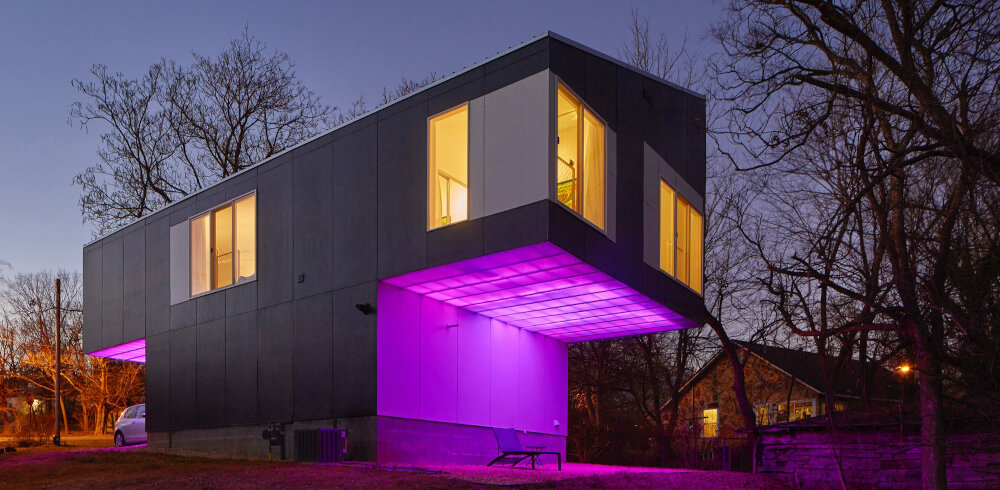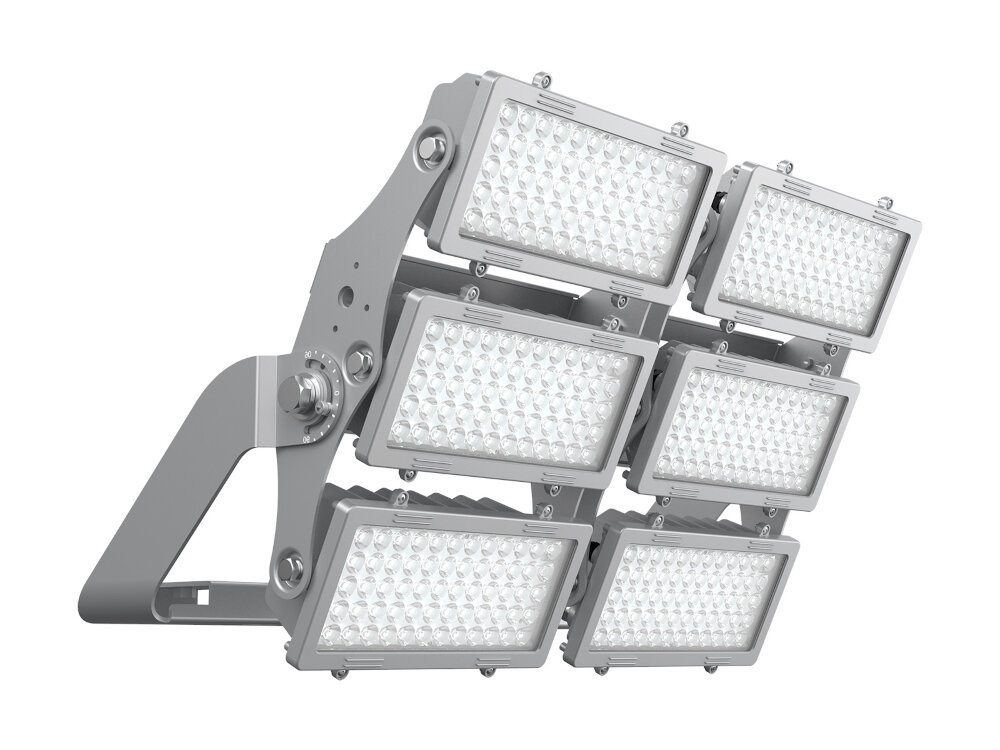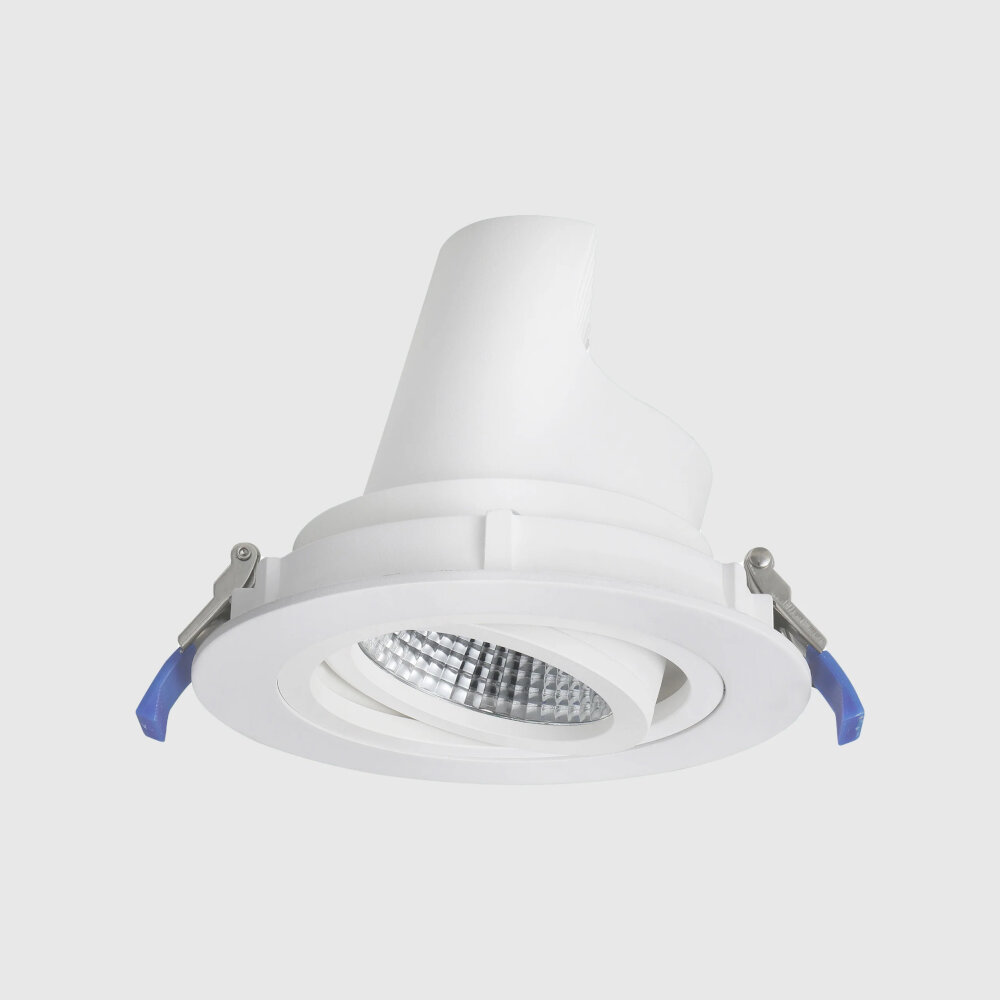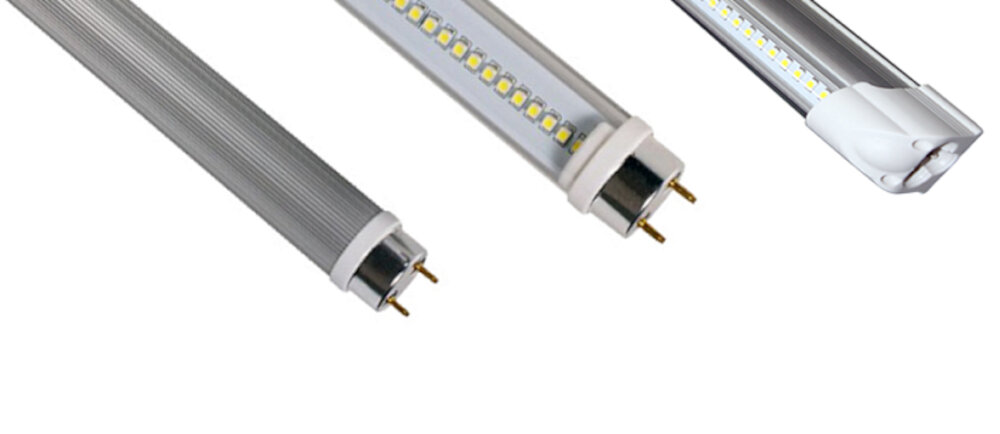Why LED Lights Flicker: Troubleshooting Tips to Keep Your Lights Shining Bright

LED lights have gained immense popularity in recent years due to their energy efficiency, durability, and low maintenance costs. They are widely used in homes, offices, and public places to provide bright and clear illumination. However, one common problem that many LED light users face is flickering. Flickering LED lights can be frustrating and can cause discomfort to the eyes. Moreover, it can reduce the lifespan of the LED lights and affect their overall performance. Therefore, it is essential to understand the reasons behind LED light flickering and learn troubleshooting tips to keep your lights shining bright. LED light flickering can occur due to various reasons, such as incompatible dimmer switches, loose wiring, voltage fluctuations, and electromagnetic interference. In some cases, the flickering may be barely noticeable, while in others, it can be quite severe. If left unaddressed, the problem can worsen over time and lead to more significant issues. Therefore, it is crucial to identify the root cause of the problem and take corrective measures to prevent it. In this article, we will explore some common causes of LED light flickering and provide troubleshooting tips to help you keep your lights shining bright.
LED lights are a highly efficient and versatile lighting solution that has revolutionized the lighting industry. They use semiconductor technology to produce light and are highly energy-efficient, durable, and long-lasting. LED lights are available in a wide range of colors, shapes, and sizes, making them suitable for a variety of lighting applications. One of the most significant benefits of LED lights is their energy efficiency, as they consume up to 90% less energy than traditional incandescent bulbs, resulting in significant cost savings. Additionally, LED lights emit less heat, making them safer and more comfortable to use. They also have a longer lifespan than other types of bulbs, which means they require less frequent replacements and maintenance, further reducing costs.
Maintaining LED lights is crucial to avoid flickering, which can be both annoying and potentially harmful to our eyesight. Flickering LED lights can cause headaches, eye strain, and even seizures in some people. In addition, flickering LED lights can decrease the lifespan of the bulb, which can be costly to replace. To avoid flickering, it is important to keep the bulbs clean and free of dirt or debris that can interfere with the electrical connections. Additionally, using high-quality LED bulbs and ensuring proper wiring can help prevent flickering. Regular maintenance and troubleshooting can help identify and resolve any issues before they become major problems, ensuring that our LED lights shine bright and steady for years to come.
Causes of LED Flickering

LED lights have become increasingly popular in recent years due to their energy efficiency and long lifespan. However, even though they are designed to provide consistent lighting, they can sometimes flicker, which not only affects their performance but also causes discomfort to the eyes. There can be several reasons behind LED flickering, and it’s essential to identify the root cause to troubleshoot the problem effectively. One of the most common causes of LED flickering is voltage fluctuations. LED lights require a stable voltage supply to function correctly, and when the voltage fluctuates, it can cause the lights to flicker. Voltage fluctuations can occur due to various reasons, such as electrical interference, power surges, or faulty wiring. Therefore, it’s crucial to ensure that the electrical system supplying power to the LED lights is stable and free from any anomalies. Another cause of LED flickering is incompatible dimmer switches. Dimmer switches are designed to control the light output, but not all dimmer switches are compatible with LED lights. LED lights require a special type of dimmer switch that can regulate the current without causing flickering. Using an incompatible dimmer switch can cause the LED lights to flicker or not work at all. Therefore, it’s essential to ensure that the dimmer switch is compatible with the LED lights before installing them. In conclusion, identifying the cause of LED flickering is crucial to ensure that the lights provide consistent and reliable performance. By understanding the common causes of LED flickering, such as voltage fluctuations and incompatible dimmer switches, homeowners can troubleshoot the problem effectively and enjoy uninterrupted lighting.
Voltage fluctuations are variations in the voltage levels that power our electrical devices. These fluctuations can occur due to a variety of reasons, including changes in the electricity supply, faulty wiring, or issues with the electrical equipment. When voltage fluctuations occur, they can cause LED lights to flicker, dim or even turn off completely. This can be frustrating and inconvenient, especially when trying to work or relax in a well-lit environment. Therefore, it’s important to troubleshoot and address the underlying causes of voltage fluctuations to keep your lights shining bright and ensure the safety and longevity of your electrical equipment.
Incompatible dimmer switches can cause LED lights to flicker, which is a common problem faced by many homeowners. LED lights require a specific type of dimmer switch that is compatible with their electronic driver, and using the wrong one can result in flickering, buzzing, or even damage to the LED bulbs. It’s important to ensure that the dimmer switch you’re using is designed for LED lights and that it’s installed correctly. If you’re experiencing flickering or other issues, it may be worth investing in a quality compatible dimmer switch to ensure your LED lights shine bright and function properly for years to come.
Loose wiring and connections are one of the most common culprits behind LED light flickering. This issue can occur due to several factors, such as poor installation, wear and tear, or simply due to vibrations from nearby machinery. When the connections between the LED driver and the light source are not secure, the electricity may not flow smoothly, causing the light to flicker. Loose wiring can also cause a drop in voltage, leading to a dimming effect. Therefore, it is essential to check the wiring and connections regularly to ensure that they are tight and secure. A loose connection not only leads to flickering but also poses a fire hazard, making it crucial to address the issue promptly.
Overloaded circuits can cause LED lights to flicker. An overloaded circuit occurs when there are too many devices connected to a single circuit, exceeding its capacity. When this happens, the flow of electricity is disrupted, causing a decrease in voltage that results in flickering lights. This can be a safety hazard as it can cause the circuit to overheat and potentially start a fire. To avoid this, it is recommended to distribute the load among multiple circuits or upgrade the circuit to handle the increased load. In addition, turning off unnecessary devices and reducing the wattage of the bulbs can help prevent an overloaded circuit.
One of the main reasons why LED lights may flicker is due to aging components. As LED lights age, the components within them begin to degrade, resulting in a decrease in performance and reliability. This can cause the LED lights to flicker or even fail altogether. The most common component to degrade over time is the LED driver, which regulates the amount of power supplied to the LED, ensuring that it operates correctly. As the driver ages, it may become less efficient, resulting in a fluctuation of power to the LED and causing flickering. Additionally, the LED itself may also degrade over time, resulting in a decrease in brightness and color accuracy. To prevent aging LED components from affecting the performance of your LED lights, it is important to choose high-quality components and to replace them as needed.
Troubleshooting Tips

When it comes to LED lights, flickering can be a frustrating issue that can ruin the ambiance of any room. However, there are a few troubleshooting tips that can help you keep your lights shining bright. The first step is to determine the source of the flickering. In many cases, it could be due to an issue with the electrical system in your home. Check to see if the flickering occurs when other appliances are in use, as this may indicate an overloaded circuit. If this is the case, try unplugging some appliances to reduce the electrical load and see if the flickering stops. Another common cause of flickering LED lights is a faulty driver or transformer. These components regulate the voltage and current that flow through the light, and if they are not working correctly, it can cause the light to flicker. To troubleshoot this issue, try switching out the driver or transformer with a new one to see if the flickering stops. Additionally, you may want to check the wiring connections to ensure that they are secure and not loose or damaged. By taking these steps, you can identify the source of the problem and find a solution that will keep your LED lights shining bright for years to come.
One of the key factors to consider when troubleshooting LED lights flickering is checking voltage levels. LED lights are highly sensitive to voltage fluctuations, and any deviation from the recommended voltage range can cause flickering. Therefore, it is essential to use a multimeter to measure the voltage output of the power source and ensure it falls within the acceptable range. Additionally, it is crucial to ensure that the wiring and connections are secure and free from any damages, as loose connections or faulty wiring can also cause voltage fluctuations and consequently, flickering LED lights. By keeping a close eye on voltage levels and maintaining proper electrical connections, you can keep your LED lights shining bright and free from any flickering issues.
If your LED lights are flickering, it could be due to an incompatible dimmer switch. Dimmer switches designed for incandescent bulbs may not work properly with LED lights, leading to flickering or even damage to the bulbs. To resolve this issue, it is important to replace incompatible dimmer switches with ones that are specifically designed for use with LED lights. This will ensure that the dimmer switch is able to properly regulate the amount of electricity flowing to the bulbs, resulting in a stable and consistent light source. By taking this simple step, you can keep your LED lights shining bright and avoid the annoyance and potential safety hazards of flickering lights.
One of the most common causes of LED lights flickering is due to loose wiring and connections. Over time, the constant use of your lights can lead to wear and tear on the wiring and connections, causing them to become loose. This can result in a poor electrical connection, which can cause the lights to flicker or even go out completely. To prevent this from happening, it’s important to regularly check and tighten all wiring and connections. This can be done easily with a screwdriver or pliers, and can help ensure that your LED lights continue to shine bright and steady for years to come.
Distributing the load on the circuit is an important step in preventing LED lights from flickering. When a circuit is overloaded with too many lights, it can cause voltage drops and fluctuations that can lead to flickering. To avoid this, it’s recommended to evenly distribute the load across different circuits or electrical panels. This can be achieved by adding more circuits or panels or by using devices such as dimmers or timers to regulate the amount of power being used by each light. By properly distributing the load on the circuit, you can ensure that your LED lights shine bright and without flickering, providing a consistent and reliable source of illumination for your home or business.
As LED lights continue to age, their components may start to wear out and cause flickering. To keep your lights shining bright, it’s important to replace any aging LED components. This can include the LED driver, which regulates the amount of power going to the LEDs, or the LED chips themselves. It’s important to use high-quality replacement parts to ensure the longevity and efficiency of your LED lights. Regular maintenance and component replacement can help prevent flickering and ensure that your LED lights continue to provide bright and reliable illumination for years to come.
Additional Tips

In addition to the troubleshooting tips mentioned above, there are a few additional measures you can take to prevent LED lights from flickering. One of the most important steps is to ensure that your LED lights are compatible with your dimmer switch. LED lights require a specific type of dimmer switch, known as a \trailing edge\ dimmer, which is designed to work with the electronic components of LED bulbs. If you are using an incompatible dimmer switch, it can cause flickering, buzzing, or even damage to your LED lights. Therefore, it is essential to check the compatibility of your dimmer switch before installing LED lights. Another tip to prevent LED lights from flickering is to use high-quality LED bulbs. Cheaper LED bulbs may have poor quality electronic components or insufficient heat dissipation, which can cause flickering or other performance issues. Thus, investing in high-quality LED bulbs can significantly reduce the likelihood of flickering and ensure that your lights shine brightly and consistently. Additionally, it is essential to ensure that your LED bulbs are installed correctly and securely, as loose connections or faulty wiring can also cause flickering. By following these additional tips, you can ensure that your LED lights stay shining bright and flicker-free.
When it comes to LED lights, opting for high-quality bulbs is a smart choice. Cheap bulbs may save you money upfront, but they are often made with subpar materials that can cause flickering and other issues. High-quality LED bulbs, on the other hand, are designed to last longer and provide consistent, reliable lighting. Look for bulbs that are Energy Star certified, as these have been tested for quality and efficiency. Additionally, consider the color temperature and brightness of the bulbs to ensure they meet your needs. By investing in high-quality LED bulbs, you can avoid frustrating flickering and enjoy bright, consistent lighting for years to come.
It is important to avoid mixing different types of LED bulbs in your lighting fixtures. LED bulbs come in different colors, wattages and styles, and mixing them can cause flickering or inconsistent lighting. To ensure that your LED lights shine bright, it is best to use bulbs that are compatible with your fixture and of the same type. Using different types of LED bulbs can also affect the lifespan and performance of your lighting system. To avoid flickering, choose bulbs with similar specifications and avoid mixing different brands or types of LED bulbs. By taking these precautions, you can enjoy consistent and reliable lighting in your home or business.
While some LED light flickering issues can be resolved through simple troubleshooting techniques, complex issues require the expertise of a professional electrician. It is important to consult an electrician if flickering persists despite checking the bulbs, fittings, and dimmer switches. This is because complex issues such as faulty wiring, incompatible dimmer switches or transformers, and power supply fluctuations can be dangerous and difficult to diagnose. An electrician can also provide advice on the best LED bulbs to use in your home to avoid flickering issues. In short, while DIY fixes may work for minor flickering issues, it is always better to seek the help of a professional electrician for more complex problems.
LED lights have become increasingly popular in recent years due to their energy efficiency and long lifespan. However, flickering is a common issue that can occur with LED lights, causing annoyance and discomfort for those using them. The causes of LED flickering can vary from faulty wiring to incompatible dimmer switches, and troubleshooting the problem can require a bit of detective work. It is important to check the power supply, replace faulty bulbs, and ensure that there is no interference from nearby electronics. In addition, using a high-quality dimmer switch that is designed for use with LED lights can help prevent flickering. By understanding the causes of LED flickering and following these troubleshooting tips, users can keep their LED lights shining bright and avoid the frustration of flickering bulbs.
Regular maintenance is crucial for keeping LED lights shining bright and avoiding flickering issues. LED lights are highly efficient and long-lasting, but they still require proper care and attention to perform at their best. Dust, debris, and other contaminants can accumulate on the surface of the LED light and cause it to flicker or dim. Therefore, it is important to clean the lights regularly and inspect them for any signs of wear and tear. In addition, checking the electrical connections and ensuring they are tight and secure can also prevent flickering issues. Neglecting regular maintenance can lead to costly repairs or even replacement of the LED lights, so it is important to make it a priority.
In conclusion, LED flickering can be a frustrating problem to deal with, but there are several ways to prevent it from happening. First, make sure to use high-quality LED bulbs, preferably from reputable manufacturers, to ensure their reliability and longevity. Secondly, avoid using incompatible dimmer switches or transformers that may cause flickering. Lastly, check your electrical connections and wiring for any loose connections or issues that may be causing flickering. By taking these steps, you can enjoy the many benefits of LED lighting without any unwanted flickering or interruptions.
Conclusion

In conclusion, LED lights flickering can be a common issue that can be caused by various factors such as voltage fluctuations, circuit overload, or incompatible dimmer switches. However, understanding the root of the problem and applying the appropriate troubleshooting tips can help you keep your lights shining bright and prevent any potential hazards. It is essential to ensure that you use high-quality LED bulbs and compatible fixtures, maintain proper electrical connections, and seek professional assistance if necessary. By implementing these tips, you can enjoy the benefits of LED lighting, including energy efficiency and long-lasting durability, without any flickering issues.




